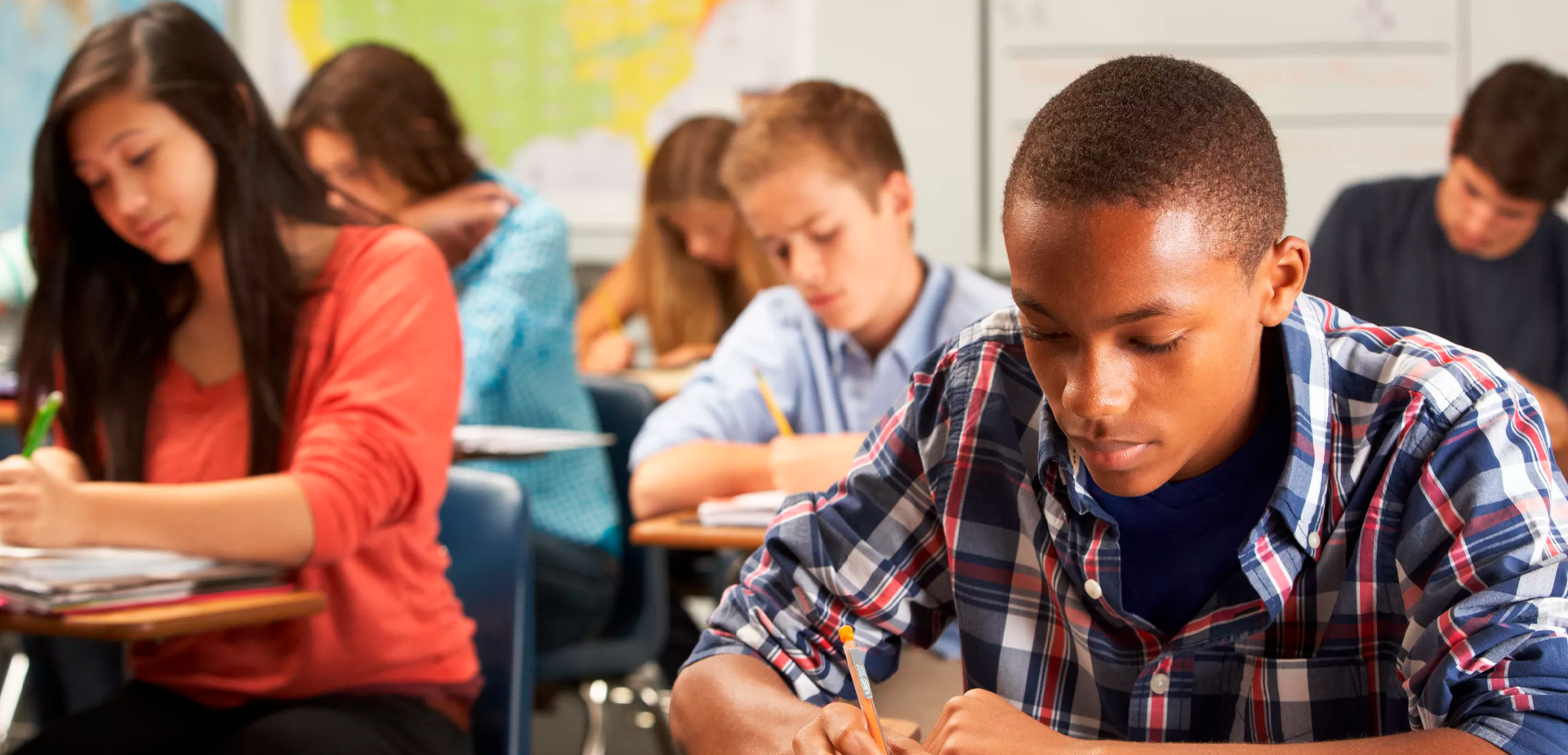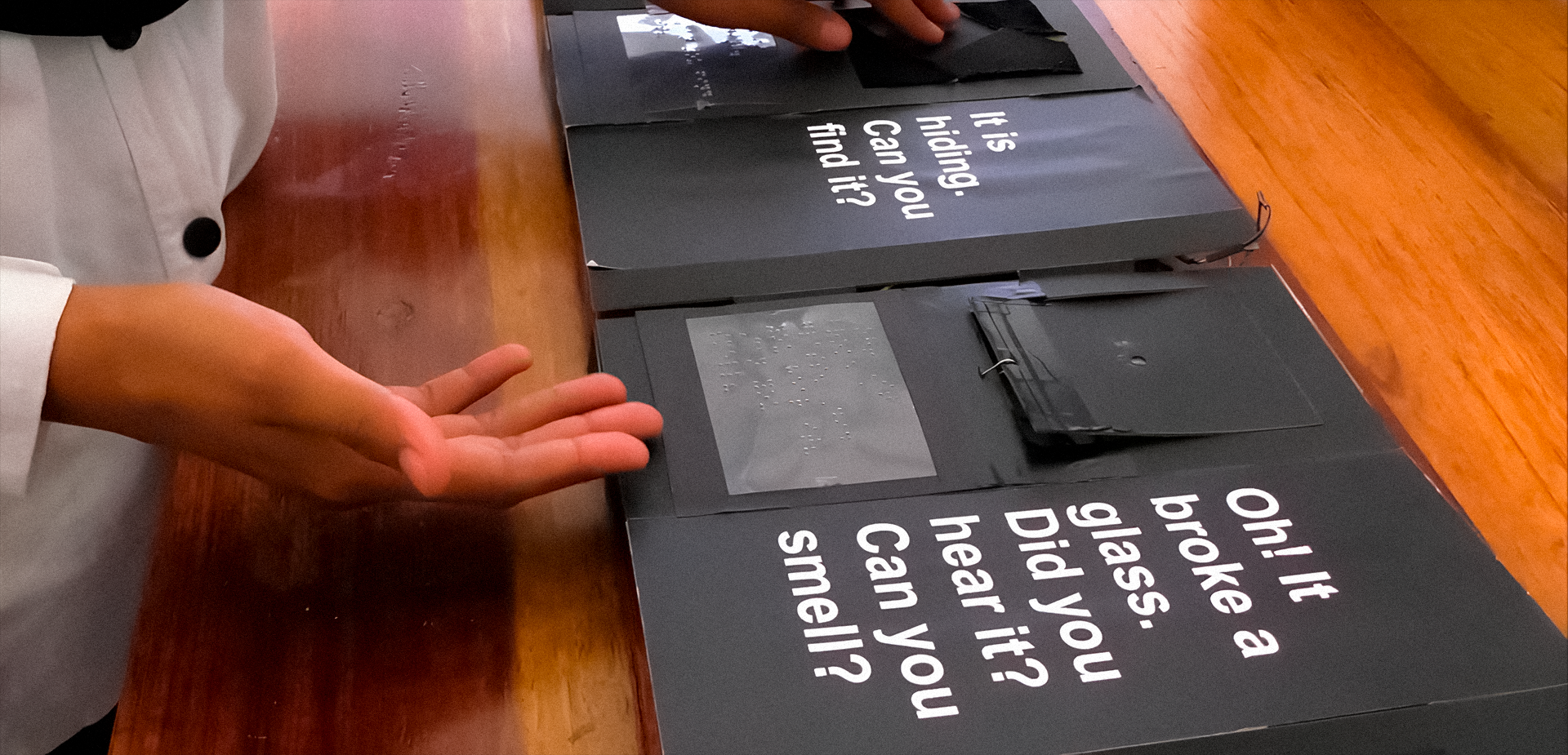Teaching Features for Visually Impaired Children in Schools
Teaching lessons in a class with at least one child with special educational needs becomes a significant challenge not only for the teacher but also for the other students.
Firstly, there should be no more than 25 people in such a class.

Secondly, a child with impaired vision needs a separate desk, placed additionally in the middle row. When communicating with visually impaired students, interaction should be organized at a close distance (no more than 3-4 meters); otherwise, they will not be able to clearly see the teacher’s face and, consequently, his or her emotional reactions. For a child with impaired vision, it is necessary to repeat the material several times, explaining where the child did not understand. At this moment, the rest of the class can engage in independent work.
Thirdly, the teacher’s speech plays a significant role in the educational process. It should be clear, distinct, and expressive. The teacher must articulate everything they are doing: writing, drawing, demonstrating an experiment, etc. The teacher should regulate the student’s workload, increasing or decreasing the time for solving educational tasks as necessary.
Fourthly, the school must purchase special textbooks for a child with impaired vision. These textbooks have large print and wide spacing between lines. Unfortunately, not all textbooks are available in large print for various subjects. The teacher needs to enlarge and photocopy necessary sections from regular textbooks. Also, there are no workbooks for visually impaired students and no didactic materials. Preparing for lessons requires additional time from the teacher.

Fifthly, many classrooms are equipped with electronic boards. If it is not possible to conduct lessons in rooms without such boards, it’s better to move the visually impaired student to the last desk for independent work during the board’s usage. The duration of the electronic board’s use in a class with a visually impaired student should not exceed more than 15 minutes.
Sixthly, there must be a change of activity during the lesson. It is advisable to offer students auditory tasks or texts after 5–10 minutes of visual work. This approach gives the eyes a rest while simultaneously developing auditory perception. It is important to consider that the pace of completing tasks for children with visual impairments is about 70% slower than that of their peers without visual impairments. These children need more time to read and understand the task, as well as to solve and present their answers. Some visual impairments may hinder the development of neat handwriting skills, so the requirements for the child’s handwriting should be adjusted accordingly. Special attention should be given to organizing whole-class activities. For visually impaired students, individual cards, texts, and visual aids should be prepared so they can participate in class activities.

Seventh, visual exercises should be conducted during the lesson. During such exercises, questions can be asked such as, “What color are the leaves on the right side of the board, on the left, at the bottom, at the top?”, “How far away are they?”, “What is their shape?”, “How many leaves are in front of you?” These exercises are aimed at relieving visual stress.
Eighth, the saying by Confucius, “I hear and I forget. I see and I remember. I do and I understand,” perfectly illustrates the essence of teaching children with visual impairments. Alternating between visual and auditory activities during the lesson is essential. Children should be taught to analyze, compare, classify, generalize, and reason.
Ninth, the school should assign a personal tutor to the visually impaired student. The tutor or assistant should be present in all lessons to help the child understand the material. When the teacher is engaged with the class, the tutor assists the child with their tasks. After intensive visual work at the desk for 10-15 minutes (reading, writing, drawing, etc.), the child should perform exercises to relieve visual fatigue.
Proper organization of education for a visually impaired child enables them to be successful, assimilate the material, and helps children understand the importance of maintaining their health.
